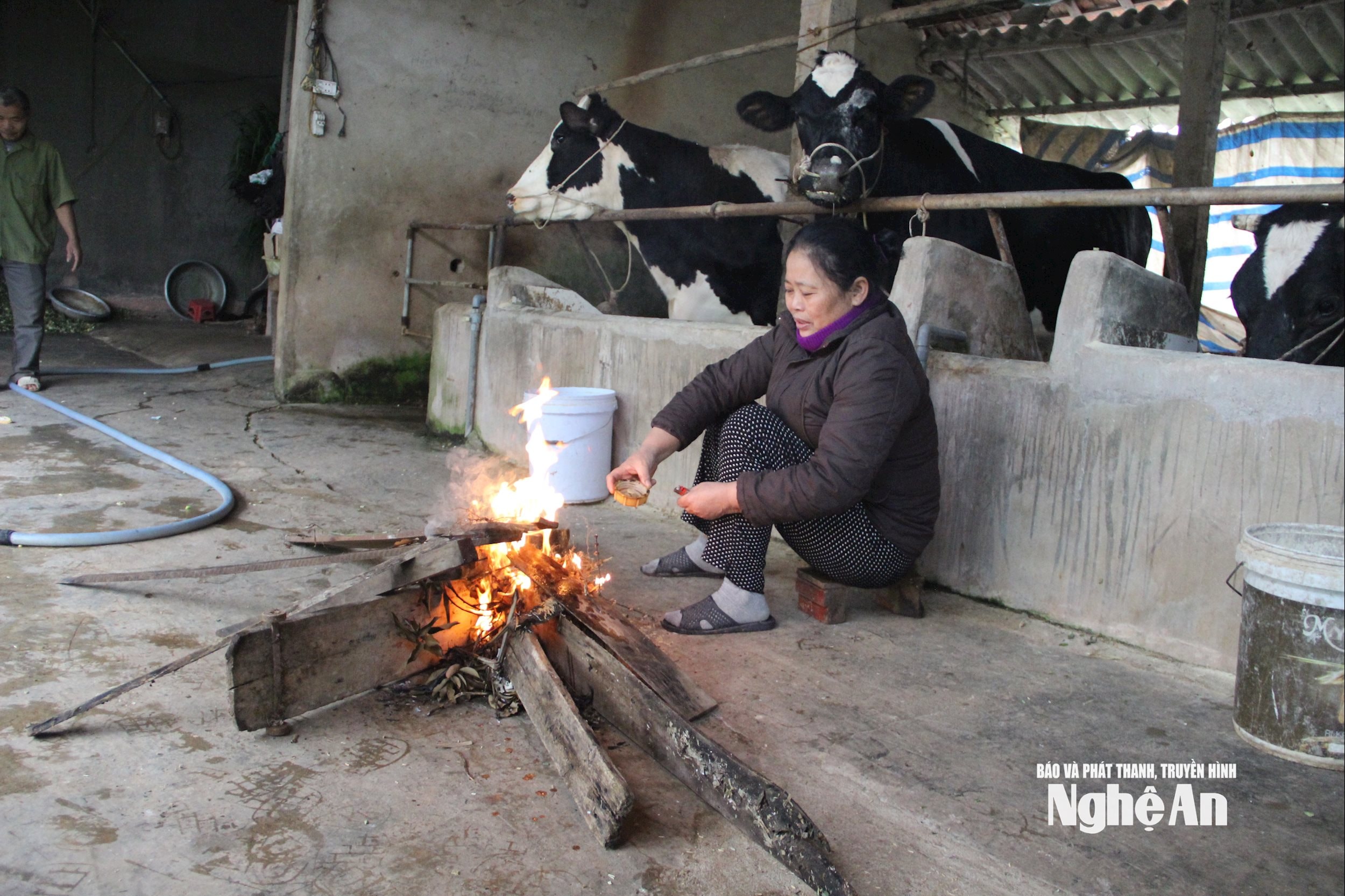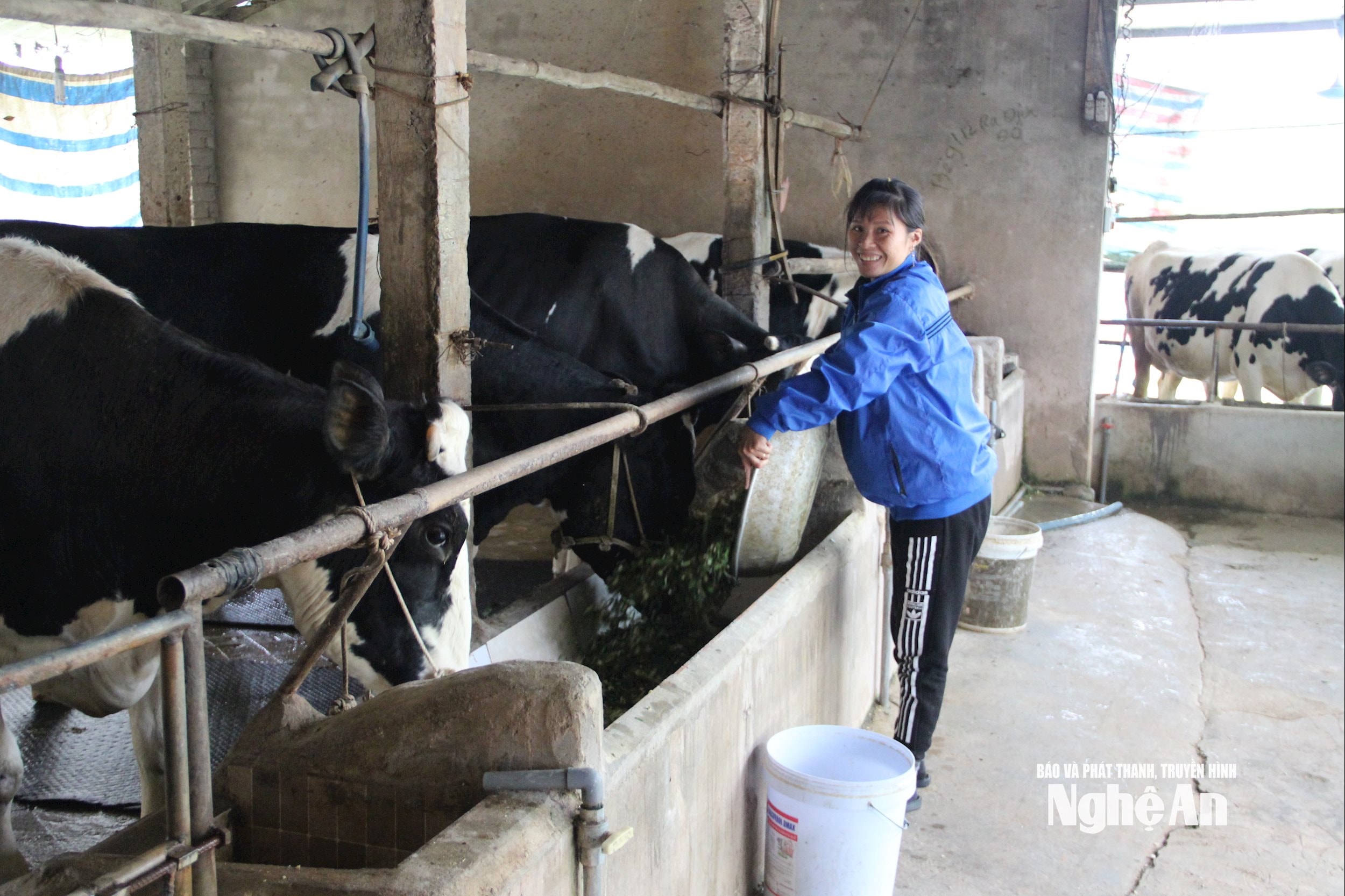Nghe An requires localities to proactively prevent cold for livestock.
Nghe An Department of Agriculture and Environment has just issued an official dispatch requesting the People's Committees of communes and wards to synchronously deploy measures to prevent hunger and cold for livestock in the Winter - Spring crop 2025 - 2026, in the context of cold air forecast to be strong, with the risk of prolonged severe cold.
Nghe An Department of Agriculture and Environment issued Official Dispatch No. 10801/SNNMT-CNTY dated November 18, 2025 to the People's Committees of communes and wards on proactively implementing solutions to prevent hunger and cold for livestock.
According to the forecast of the National Center for Hydro-Meteorological Forecasting, from December 2025 to January 2026, continuous cold spells may cause prolonged cold, accompanied by frost and ice - especially from the second half of December. This is the time when great damage is likely to occur to livestock and poultry, especially in mountainous areas and areas recently affected by storms No. 10, 11, and 12.

To minimize damage and ensure the livestock development plan for 2025, the Department requested the People's Committees of communes and wards to issue specific instructions and organize working groups to go directly to the grassroots to direct, inspect and guide people.
Localities need to proactively use reserve budgets and support materials for poor households, policy households and households affected by natural disasters to reinforce barns, protect against the cold and supplement feed for livestock. At the same time, it is necessary to regularly update weather conditions, disseminate experiences in preventing hunger and cold and prepare response plans when severe cold occurs.
Localities are required to promptly report any livestock that dies due to cold; complete the dossier according to Resolution No. 16/2025/NQ-HDND to request support for production recovery. In addition, inspection work from villages to each household must be regularly deployed; the results must be sent to the Department of Agriculture and Environment for synthesis and reporting to the Provincial People's Committee.
Regarding technical expertise, the Department of Agriculture and Environment requires full implementation of the instructions in Official Dispatch No. 3364/CNTY-KHCNMT of the Department of Animal Husbandry and Veterinary Medicine. In particular, it emphasizes: It is necessary to reinforce and cover the barns, keep young animals warm with brooding balls, keep the barns dry and treat waste daily; proactively harvest early cold-resistant aquatic species such as tilapia, snakehead fish, and soft-shell turtles when they are due.
Regarding nutrition, farmers need to increase food rations, supplement concentrated feed, vitamins, digestive enzymes, electrolytes to increase resistance; provide warm water for livestock during cold days; arrange reasonable stocking density to keep livestock warm better. Veterinary measures such as full vaccination, monitoring livestock health, cleaning and disinfecting barns must also be strictly implemented. Absolutely do not buy, sell, or slaughter sick or dead animals and must immediately report to the authorities and veterinary agencies when detecting unusual cases.
The Department of Animal Husbandry and Veterinary Medicine is assigned to guide, supervise, and coordinate with localities to inspect and urge people to effectively implement measures to prevent hunger and cold; promptly handle outbreaks if they appear in adverse weather conditions.

Mr. Tran Vo Ba - Deputy Head of Nghe An Animal Husbandry and Veterinary Department said that this year's severe cold is forecasted to last for a long time and appear in many waves, so localities absolutely must not be subjective.
“Anti-cold measures must be implemented early, synchronously and substantially. If only superficial protection is provided or proper nutrition is not provided, livestock can easily lose resistance, leading to damage. The Department will increase inspection and support localities to minimize risks to the livestock industry,” Mr. Ba emphasized.


